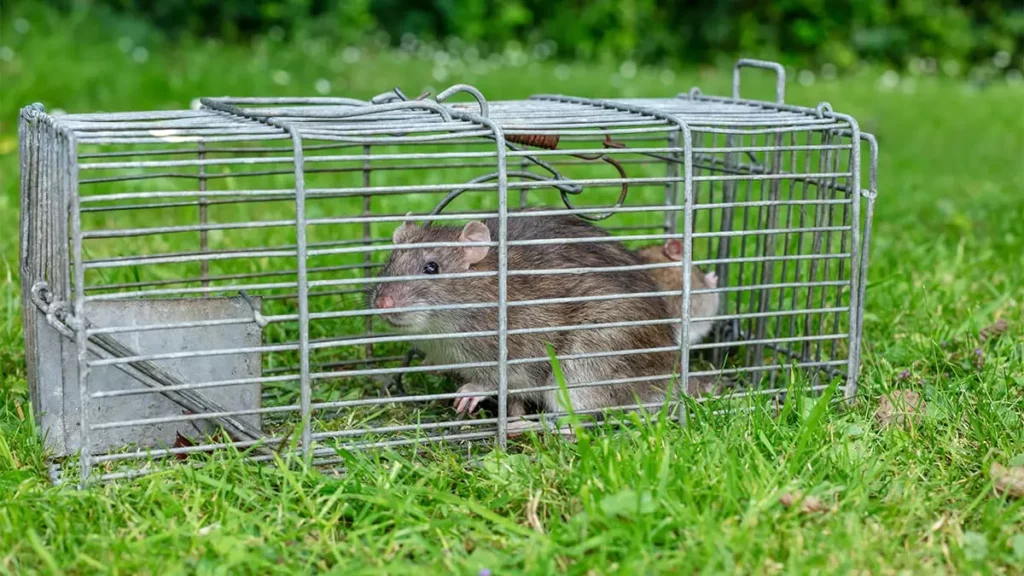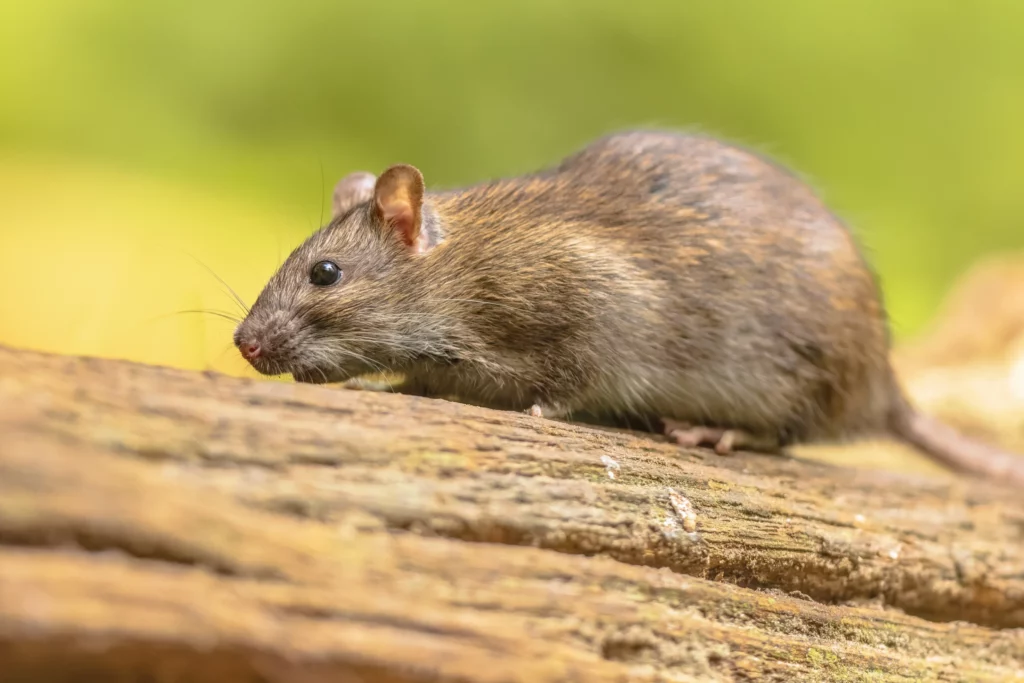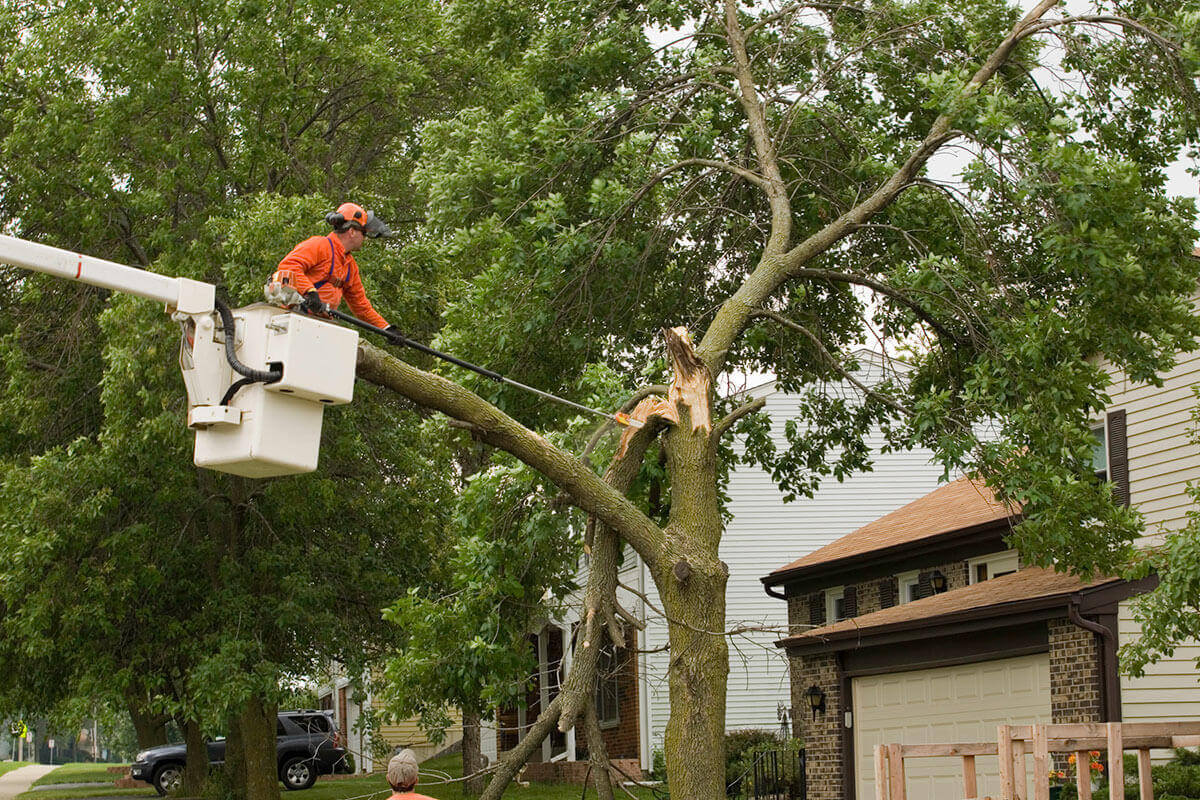What Are the Common Rodent Species Affecting Sydney Homes?
Three primary rodent species plague Sydney properties: Norway rats, roof rats, and house mice. Each species brings unique challenges to rat pest control in Sydney, requiring homeowners to understand their distinct characteristics.
Norway Rats
Norway rats (Rattus norvegicus) are the largest of the three, weighing up to 500 grams with brownish-grey fur. They prefer ground-level habitats, burrowing beneath buildings, in gardens, and around foundations. These rodents excel at gnawing through wood, plastic, and even soft metals to access food and shelter requiring rodent control sydney.
Roof Rats
Roof rats (Rattus rattus) are sleeker, weighing 150-250 grams with black or dark brown coats. True to their name, they inhabit upper levels of structures—roof cavities, wall voids, and tree canopies. Their climbing abilities make them particularly troublesome for multi-storey homes.
House Mice
House mice (Mus musculus) are the smallest at 12-30 grams, with light brown to grey fur. They nest in concealed spaces like cupboards, wall cavities, and storage areas, requiring only a 6mm gap to enter properties.
All three species contaminate food supplies with droppings and urine whilst gnawing on electrical wiring, insulation, and structural materials. They carry serious diseases including hantavirus, leptospirosis, and rat bite fever, transmitted through contact with their waste or bites. A single female can produce 5-10 litters annually, making early intervention essential for effective rat pest control in Sydney.
Why Is Rat Pest Control Crucial in Sydney?
Rats pose serious threats to both property and human health in Sydney homes. These persistent pests create costly problems that extend far beyond simple nuisance.
1. Rodent Damage
Rodent damage Sydney properties experience includes extensive structural harm. Rats possess continuously growing incisors that require constant gnawing to maintain. They chew through wood framing, plastic piping, electrical wiring, and even soft metals like aluminium. This destructive behaviour can compromise building integrity, create fire hazards from exposed wires, and result in expensive repairs.
2. Contamination by Rodents
Contamination by rodents affects food supplies and living spaces. Rats leave droppings, urine, and fur throughout areas they inhabit. A single rat produces approximately 25,000 faecal pellets annually, contaminating pantries, cupboards, and food preparation surfaces. Their habit of urinating whilst moving spreads pathogens across multiple locations.
3. Health Risks Rats Carry
Health risks rats carry include several dangerous diseases:
- Leptospirosis spreads through contact with rat urine in water or soil, causing fever, kidney damage, and liver failure
- Hantavirus transmits via inhalation of dust contaminated with rodent droppings, leading to severe respiratory illness
- Rat bite fever occurs through bites or scratches, causing fever, vomiting, and joint pain
These rodents also harbour parasites like fleas and mites that can infest homes and bite humans. The combination of property destruction and disease transmission makes prompt rat pest control essential for protecting Sydney households.

How Do Traps Work for Rat Pest Control?
Snap traps and glue boards are the two main mechanical methods used to catch rodents in Sydney homes. Snap traps have a spring-loaded mechanism that kills rats instantly when triggered, while glue boards use adhesive surfaces to immobilise rodents.
The immediate action of traps makes them highly effective for rodent trapping effectiveness. When a rat steps on the trigger plate of a snap trap or walks onto a glue board, capture occurs within seconds. This direct approach eliminates individual rodents from the population without delay.
Strategic Placement for Success
Success rates depend on where you place the traps. Position them perpendicular to walls where rodents typically travel, with the trigger end facing the wall. Rats naturally follow edges and corners, making these high-traffic areas ideal spots for placing traps. For better coverage, set up multiple traps at intervals of 2-3 metres along known pathways.
Key Advantages of Using Traps
Using traps for rat pest control has several advantages:
- No chemical exposure to household members
- Reusable snap traps reduce ongoing costs
- Visible confirmation of capture
- Suitable for sensitive environments like kitchens
Limitations to Consider
However, there are also limitations to be aware of:
- Requires regular checking and disposal of captured rodents
- Single-catch design means one trap catches one rat
- Some rats develop trap shyness after witnessing captures
- Glue boards raise ethical concerns about prolonged suffering
Impact of Bait Selection
The type of bait you use can greatly impact how attractive the traps are to rats. Instead of relying on cheese as bait, try using peanut butter, chocolate, or dried fruit secured to the trigger plate. These options have been found to draw rats more effectively than cheese.
What Role Do Natural Repellents Play in Rodent Control?
Natural rat repellents Sydney residents commonly use create an unwelcoming environment through strong scents that rodents find offensive. These substances don’t kill or trap rats but instead encourage them to avoid treated areas.
Popular Natural Deterrents
- Peppermint oil for rats – The most widely used essential oil rodent deterrent
- Citronella oil – Creates a citrus-based barrier rats dislike
- Vinegar – Produces an acidic smell that disrupts rodent navigation
- Eucalyptus oil – Another potent scent-based deterrent
How They Work
Rodents rely heavily on their sense of smell for navigation and identifying safe environments. Essential oils rodent deterrents overwhelm their olfactory receptors, making treated spaces uncomfortable. The strong aromatic compounds interfere with their ability to detect food sources and communicate through scent markers.
Application Methods
Natural repellents require regular reapplication to maintain effectiveness:
- Soak cotton balls in peppermint or citronella oil and place them near entry points
- Spray diluted vinegar solutions along baseboards and suspected pathways
- Apply oils directly to surfaces where rodents travel
- Refresh treatments every 3-5 days as scents dissipate
These methods work best in small, contained areas rather than throughout entire properties. The volatile nature of essential oils means their potency diminishes quickly, requiring consistent maintenance to sustain any deterrent effect.
Are Natural Repellents as Effective as Traps in Eliminating Rats?
Natural repellents vs traps effectiveness differs significantly in their impact on rodent populations. Traps deliver immediate results by physically removing rats from your property, reducing numbers within hours. Natural repellents create an unwelcoming environment but don’t eliminate existing rats—they simply encourage them to relocate temporarily.
Rat control methods comparison reveals critical limitations when using repellents alone for established infestations. A family of rats nesting in your roof cavity won’t disappear because of peppermint oil; they’ll adapt to the scent or find alternative routes. Repellents lack the lethal or capture mechanism needed to address active breeding populations.
The most successful approach pairs both strategies:
- Traps handle immediate population reduction
- Natural repellents discourage new arrivals after removal
- Combined application creates both elimination and prevention
This dual method addresses current infestations whilst making your property less attractive to future rodent activity, providing comprehensive protection that single-method approaches cannot achieve.
What Preventive Measures Complement Rat Pest Control Efforts?
Rodent exclusion Sydney strategies work best when combined with active removal methods. Sealing entry points rats use to access buildings forms the foundation of long-term control—gaps around pipes, vents, and foundations should be filled with steel wool and caulk, as rodents cannot gnaw through these materials.
Hygiene to prevent rats involves eliminating food sources by storing dry goods in sealed containers, cleaning up spills immediately, and securing rubbish bins with tight-fitting lids. Pet food left overnight attracts rodents and should be removed.
Property maintenance reduces attractants significantly:
- Trim tree branches and shrubs at least one metre away from buildings
- Remove woodpiles, cardboard boxes, and debris that provide nesting sites
- Keep grass short and eliminate dense ground cover where rodents hide
- Store firewood elevated and away from structures
These measures create an environment hostile to rodent establishment, making both traps and repellents more effective by limiting alternative shelter options.
How Do Professional Pest Control Services Enhance Rodent Management?
Professional pest control services in Sydney provide comprehensive solutions through licensed technicians who carry out detailed inspections of properties, identify entry points, and evaluate the severity of infestations. These experts use strategies that combine trapping, baiting, and structural repairs as part of an integrated approach to managing rats.
Advanced Technologies for Effective Monitoring
Technicians employ cutting-edge technologies such as sensor-equipped bait stations to track rodent activity in real-time. This innovative approach provides valuable insights into population movements and feeding patterns, allowing for data-driven decision-making when it comes to treatment plans. By leveraging this technology, pest control professionals can make precise adjustments to their strategies without relying on unnecessary chemical interventions.

Customised Treatment Plans for Unique Challenges
Every property has its own set of challenges when it comes to rodent control. That’s why licensed professionals develop customised treatment plans tailored specifically to address these issues. Here are some key components of these plans:
- Snap traps in high-traffic areas: By strategically placing snap traps where rodent activity is most prevalent, technicians can effectively reduce populations.
- Tamper-proof bait stations: To ensure the safety of children and pets while still attracting rodents, tamper-proof bait stations are used in areas where traditional baits may pose a risk.
- Sealing entry points: Using professional-grade materials, technicians seal off potential entry points that rodents could exploit to gain access into buildings.
- Targeted natural repellents: In sensitive areas such as kitchens or nurseries, targeted application of natural repellents can help deter rodents without introducing harmful substances.
- Follow-up inspections: Regular follow-up inspections allow technicians to verify the effectiveness of their treatments and make any necessary adjustments.
Understanding Local Rodent Behaviour
One advantage that licensed professionals have over DIY methods is their knowledge and understanding of rodent behaviour patterns specific to Sydney’s climate and urban environment. This expertise enables them to place control measures strategically where they’ll have maximum impact while also ensuring safety standards are upheld for households and pets.
By engaging the services of professional pest control experts, property owners can benefit from a holistic approach towards managing rodent infestations—one that combines advanced technology with tailored solutions based on local knowledge. Moreover, these experts are well-versed in identifying the best methods to get rid of rodents, ensuring a more effective resolution to any pest-related issues.
What Is the Best Approach to Rat Pest Control in Sydney?
Integrated pest management rats Sydney delivers superior results by combining multiple control methods rather than relying on a single solution. This approach uses traps or bait stations for immediate population reduction, natural repellents to discourage re-entry, and preventive measures like sealing access points.
The multifaceted strategy addresses both current infestations and future prevention. Traps eliminate existing rodents quickly, whilst peppermint oil or citronella creates an unwelcoming environment. Sealing entry points with steel wool and maintaining cleanliness removes the conditions that attract rats initially.
Combined rodent control methods prove more cost-effective long-term than repeated single-method treatments. Properties using integrated strategies experience fewer recurring infestations and reduced property damage. Professional pest control services in Sydney typically recommend this comprehensive approach for sustainable rodent management.
Related : Termite Inspections Sydney: How Long Does a Full Inspection Take?



